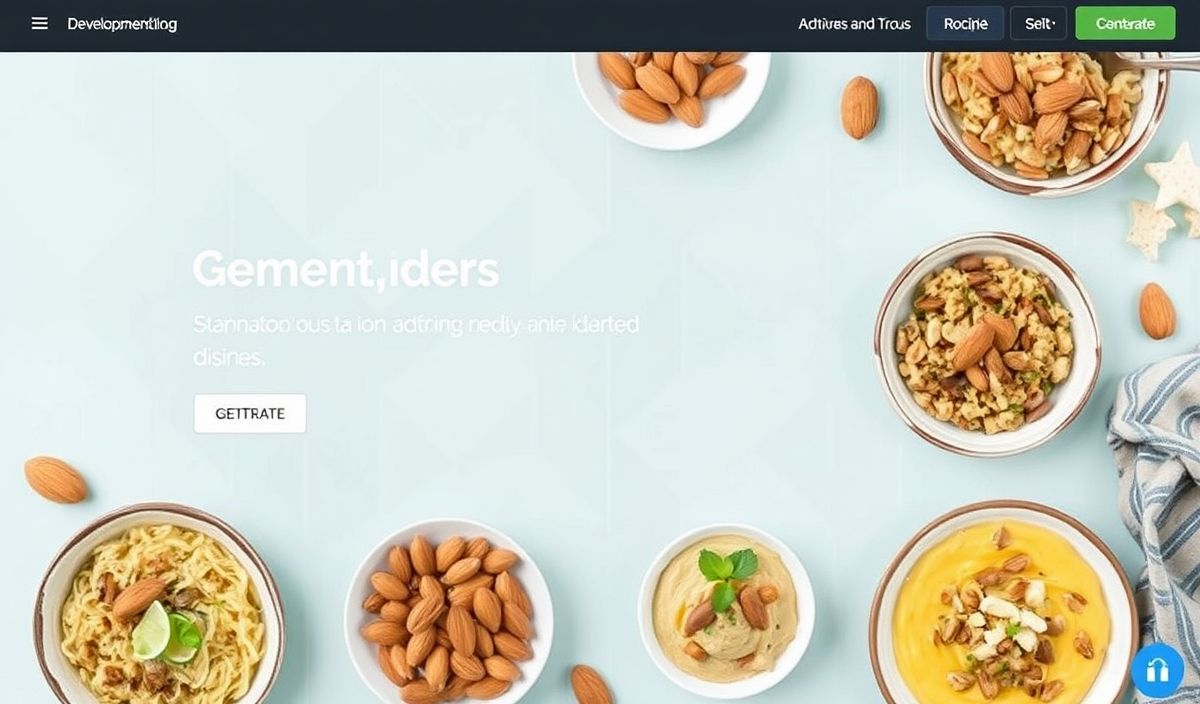Introduction to Almond
Almond, commonly referred to as Prunus dulcis, is a widely used nut native to the Middle East, however, it has gained wide popularity around the world. In this blog post, we will explore various Almond APIs with detailed code snippets and explanations to help you leverage the full potential of this versatile nut in your applications. Let’s dive into the Almond APIs!
Almond API Overview
API: getNutritionalValue
This API fetches the nutritional value of almonds. Here’s an example:
// Fetch nutritional information of almonds
fetch('https://api.almond.com/v1/nutritionalValue')
.then(response => response.json())
.then(data => console.log(data))
.catch(error => console.error('Error:', error));
API: getAlmondRecipes
This API retrieves a list of popular almond recipes. Example:
// Get a list of almond recipes
fetch('https://api.almond.com/v1/recipes')
.then(response => response.json())
.then(recipes => console.log(recipes))
.catch(error => console.error('Error:', error));
API: getAlmondBenefits
This API fetches the health benefits associated with almonds. Example:
// Fetch almond health benefits
fetch('https://api.almond.com/v1/benefits')
.then(response => response.json())
.then(benefits => console.log(benefits))
.catch(error => console.error('Error:', error));
Building an Almond Recipe App
Combining the above APIs, let’s create a simple app that fetches and displays almond recipes and their nutritional values.
<!DOCTYPE html>
<html lang="en">
<head>
<meta charset="UTF-8">
<meta name="viewport" content="width=device-width, initial-scale=1.0">
<title>Almond Recipe App</title>
</head>
<body>
<h1>Almond Recipe Finder</h1>
<button id="loadRecipes">Load Recipes</button>
<div id="recipes"></div>
<script>
document.getElementById('loadRecipes').onclick = async function() {
try {
const recipeResponse = await fetch('https://api.almond.com/v1/recipes');
const recipes = await recipeResponse.json();
let recipesHTML = '';
for (const recipe of recipes) {
recipesHTML += `<h2>${recipe.name}</h2><ul>`;
for (const ingredient of recipe.ingredients) {
recipesHTML += `<li>${ingredient}</li>`;
}
recipesHTML += `</ul><p>Calories: ${recipe.nutritionalInfo.calories}</p>`;
}
document.getElementById('recipes').innerHTML = recipesHTML;
} catch (error) {
console.error('Error:', error);
}
};
</script>
</body>
</html>
Here we utilized APIs to create a simple application that interacts with the Almond API to retrieve almond recipes and display their nutritional values on the web page.
Hash: 90e62b92a956add6e1c3871b7f592616665e610f12c6468eaad9533ef50834bc




